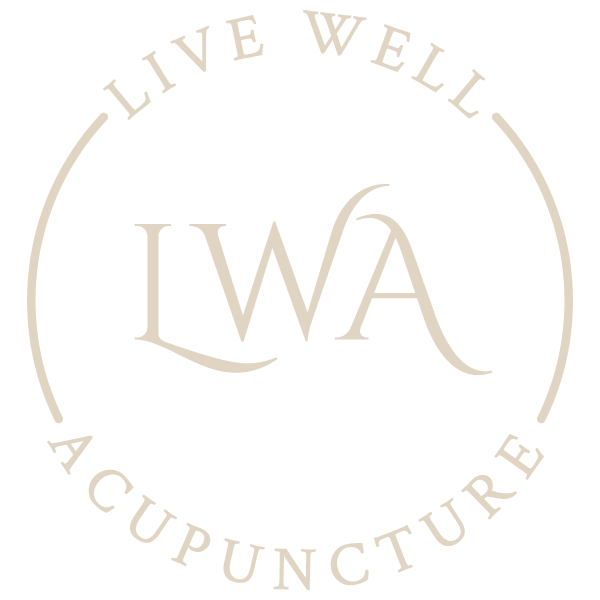Most of us have experienced physical pain and can relate to the urgent need for a solution. Yet navigating pain relief options can be challenging. There is no “one size fits all” approach to treating pain conditions. But the good news is there are many treatment options available with zero to little side effects that do not include drugs.
Earlier this year the American College of Physicians advised that before patients try muscle relaxants and painkillers they should use alternative therapies such as acupuncture, massage and exercise for relief (1). As an acupuncturist and massage therapist I can certainly vouch for the efficacy of these treatments.
Pain relief is the top reason people walk into my acupuncture and massage office. Most leave with a successful resolution to their painful condition. Acupuncture and other bodywork treatments like massage, bodywork and chiropractic care can help immensely in not only relieving pain but preventing it as well. And though I stand by this work as a solution I know there are more pieces to the puzzle. I encourage everyone to be proactive in their wellness journey.
The following is a brief checklist of things anyone can do to aid in healing their pain patterns. If all of these aspects are worked on pain will lessen or be eliminated completely.
Future flare ups may also be avoided if these suggestions become habits.
HYDRATION
Proper hydration from drinking water is essential for healthy living. It can aid in mental acuity, increased energy and also be a key factor in reduction in pain. Studies have shown that adults who are properly hydrated have less brain response to pain stimuli than those that are dehydrated (2). All the more reason to drink up! As a general rule for water, try drinking half your body weight in ounces every day.
SLEEP
Regardless of the condition I’m treating I always ask my clientele if they are getting enough sleep. It is essential for the restoration of our body. Studies at Harvard University and UK’s Keele University have shown that lack of sleep and poor sleep both contribute to widespread pain (3). This can create a vicious cycle since pain can also prevent restful sleep. So, aim to make 6-8 hours of quality sleep a priority. You can do this by sleeping at the same time everyday and avoid looking at digital screens 1-2 hours before bedtime. Create a nightly ritual out of curling up with a good book and cup of chamomile tea.

MOVEMENT
Our bodies are designed to move! Adequate rest may be an element of health but a sedentary lifestyle certainly is not. You don’t have to wait until you are pain free in fact moving could help you get there. If you are experiencing intense acute pain, simple range of motion exercises like dynamic stretching will be best. Try taking a gentle yoga class or working with a physical therapist. If your pain is more low-grade and chronic then I encourage you to move until you sweat a little. In Chinese medicine when our Qi stagnates we will have pain. However, one of the best ways to move stagnant Qi is through movement.
EAT REAL FOOD
Inflammation is one of the leading causes of pain and eating highly processed foods is a major contributing factor. There is plenty of information out there about healthy eating and superior diets. But I will keep it simple and just say try sticking to a whole foods plant based diet as much as you can. If you focus on that your inflammation will decrease (4).
GET HELP AND BE WILLING
Let trained professionals help you. Acupuncturists, Physical Therapists, Chiropractors, Massage Therapists and Advanced Pilates/Yoga Instructors have devoted years of their life studying the body. Be willing to try what they advise.
If you have the willingness to be consistent in these actions and patient through your healing process then you will find your relief from pain.
-
Kolata, Gina. “Lower Back Ache? Be Active and Wait It Out, New Guidelines Say” The New York Times. 13 Feb 2017.
-
Ogino Y, Kakeda T, Nakamura K, Saito S. (2014, June) “Dehydration enhances pain-evoked activation in the human brain compared with rehydration” Retrieved from https://www.ncbi.nlm.nih.gov/pubmed/24384865
-
Breus, Dr. Michael J., “Poor Sleep Increases Pain Risk – Especially as We Age” The Huffington Post. 5 April 2014.
-
Chelsea M. Clinton, Shanley O’Brien, Junwen Law, Colleen M. Renier, and Mary R. Wendt. “Whole-Foods, Plant-Based Diet Alleviates the Symptoms of Osteoarthritis” Retrieved from https://www.ncbi.nlm.nih.gov/pmc/articles/PMC4359818/






